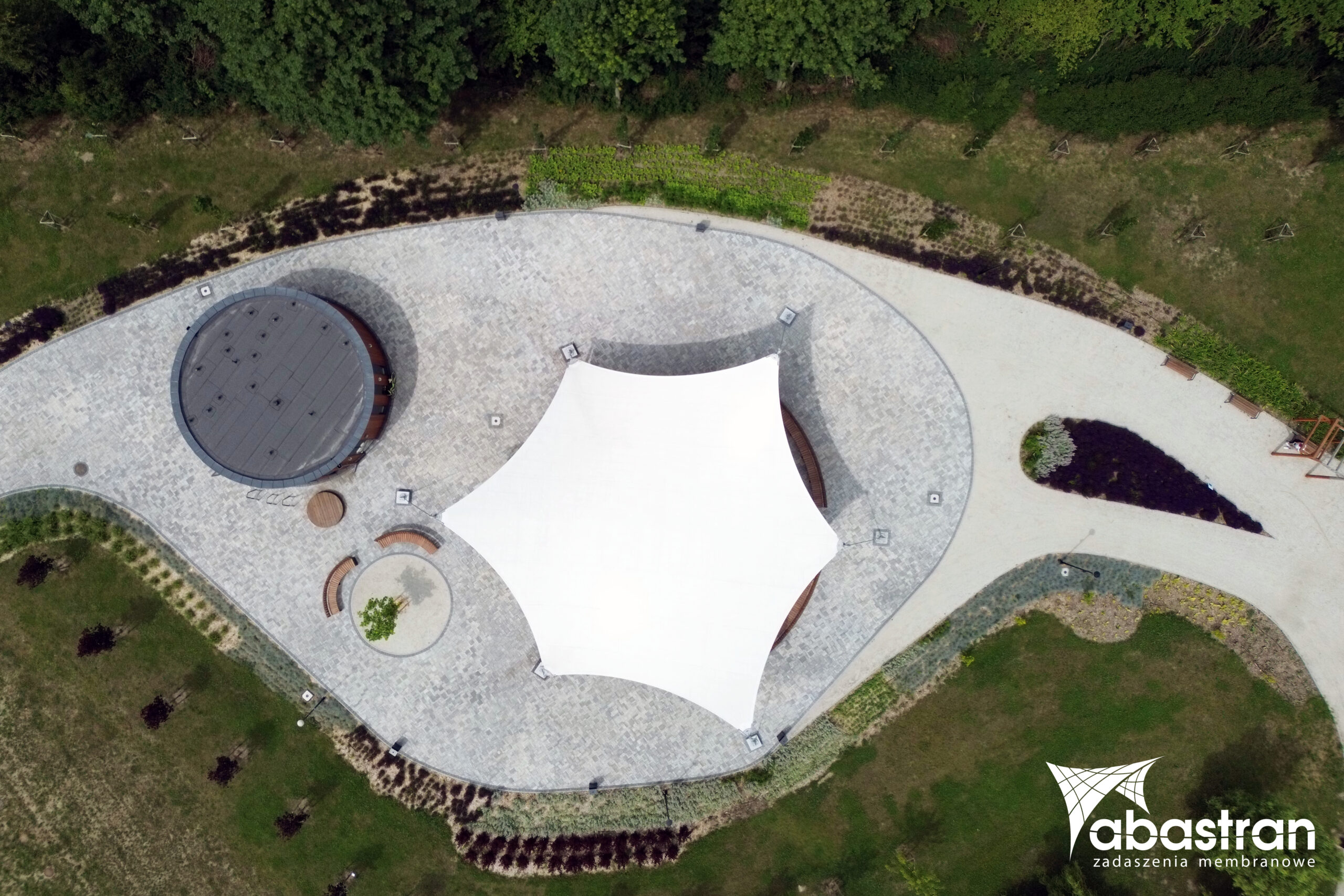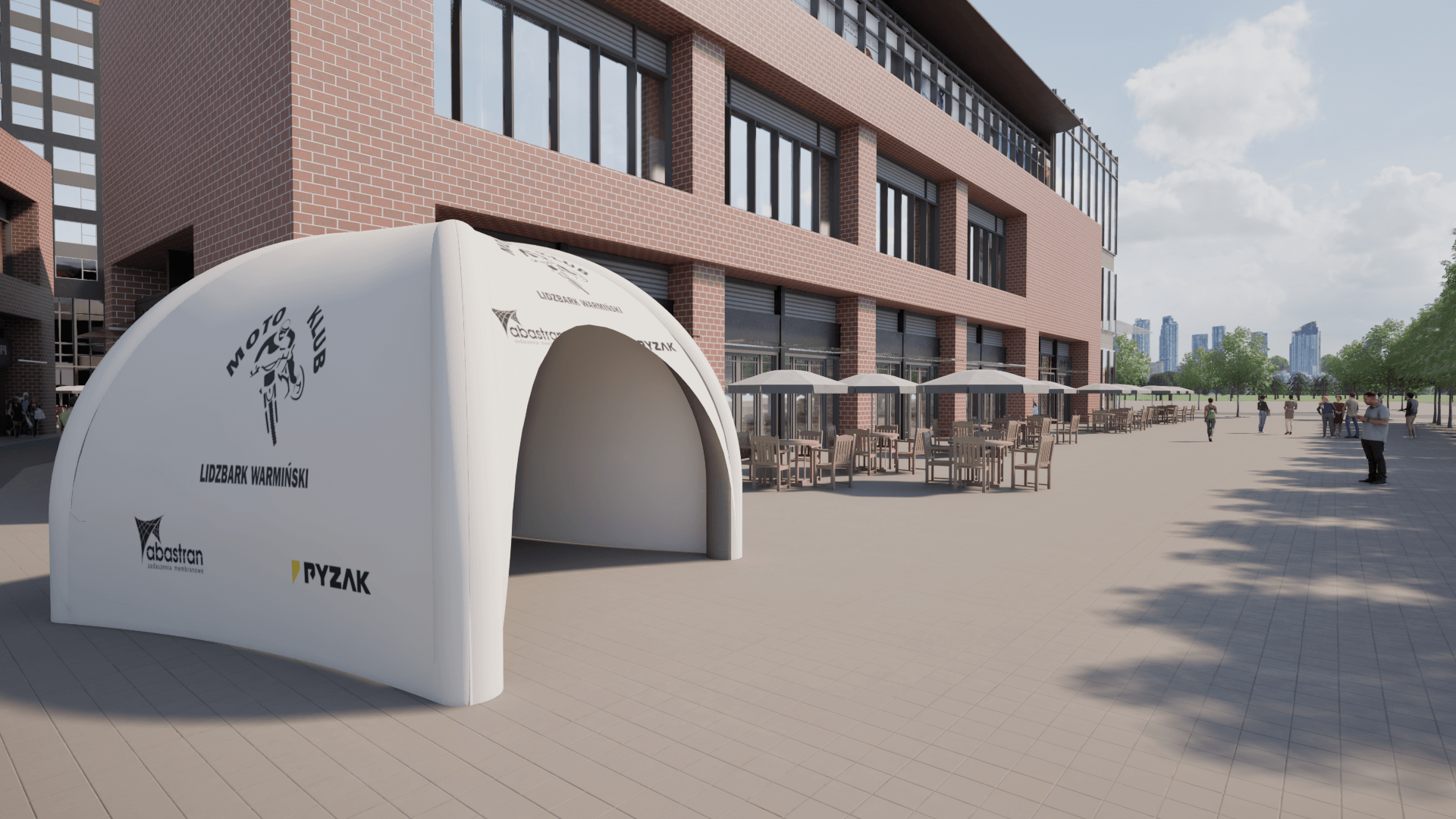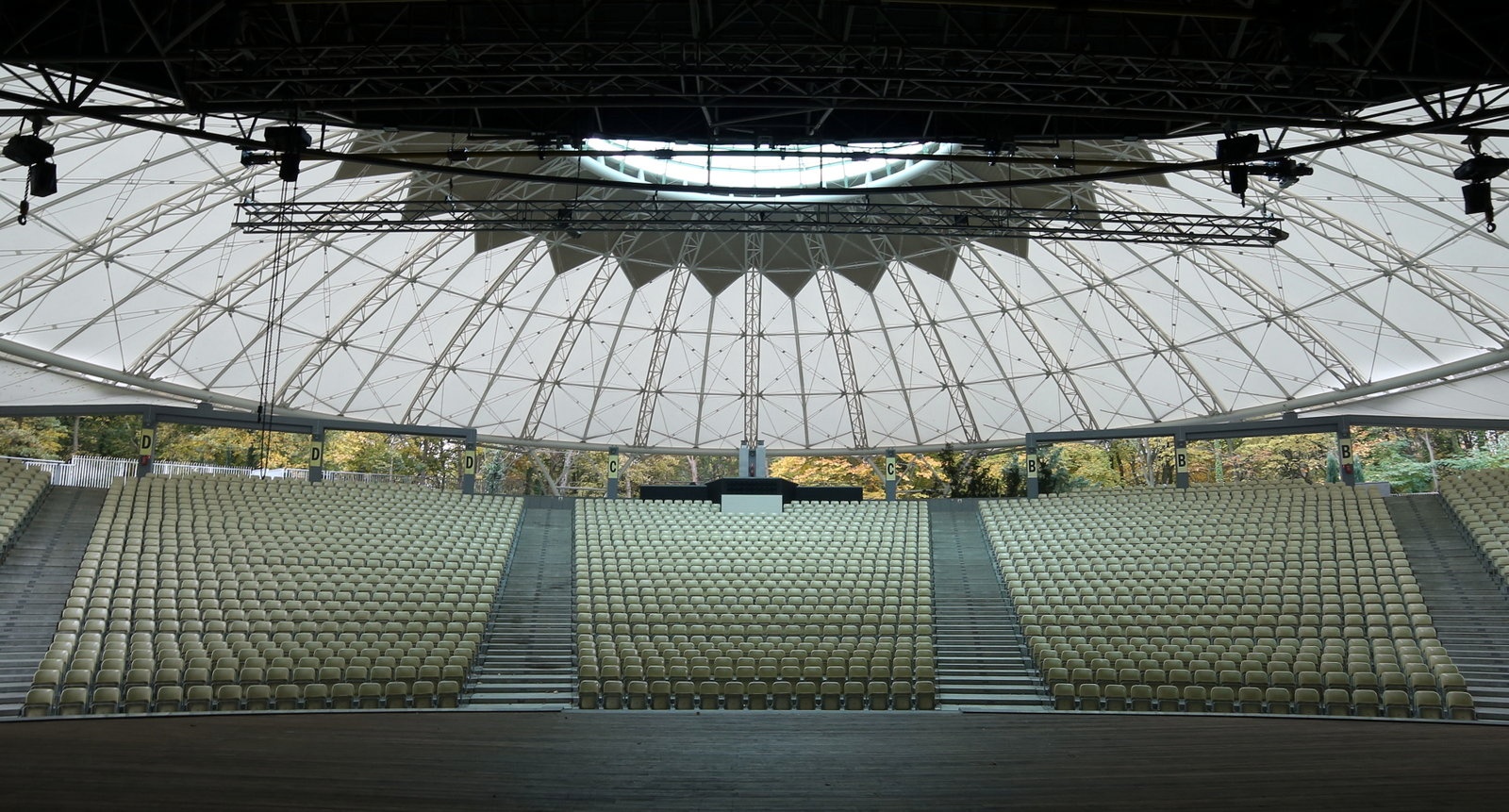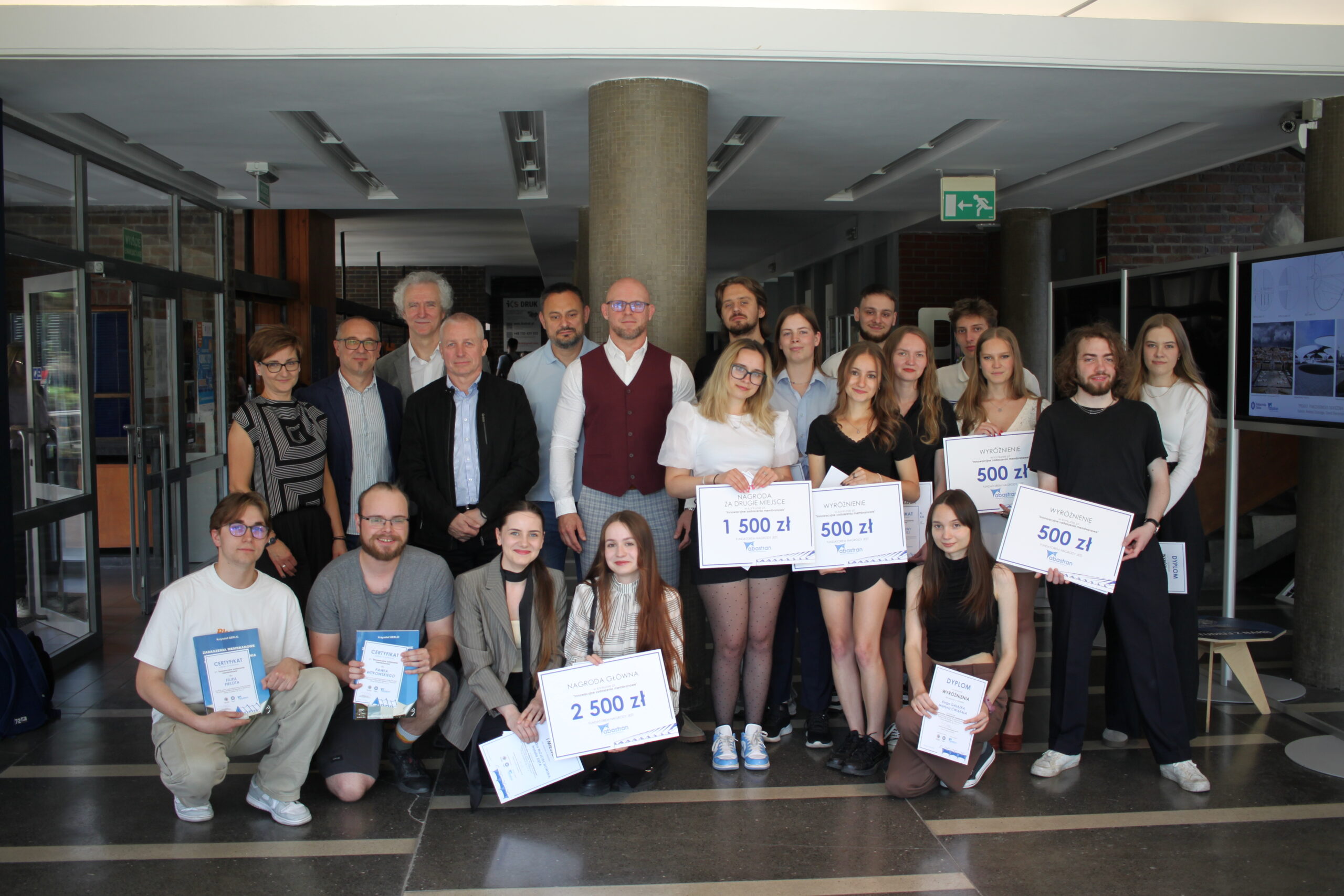
Selecting PVC Membrane for Poland’s Climate Conditions
Choosing a flat roof covering in the Polish climate is one of the key design decisions that determine the durability and safety of the entire investment. The variability of weather conditions – from sub-zero temperatures in winter to intense sun exposure in summer – places extreme demands on waterproofing. Errors at this stage can result in costly repairs and structural degradation, which is why this task must be approached with solid technical knowledge.
In this guide, based on our many years of design experience at Abastran, we will walk you through the process of selecting the optimal PVC membrane. We will focus on the technical parameters that are truly relevant in the context of Polish conditions. The goal is to provide you with the knowledge to make an informed and accurate decision, guaranteeing many years of trouble-free roof performance.
Polish Climate and Technical Requirements for Roofing
The specificity of the Polish climate places exceptionally high demands on roofing materials. Large daily and annual temperature fluctuations, ranging from -25°C to over +70°C on the surface of a heated roof, require the material to be capable of withstanding significant thermal deformation. Freezing and thawing cycles combined with intense UV radiation pose an extreme load on any waterproofing material, testing its flexibility and resistance to aging.
Additionally, the covering must be resistant to mechanical loads generated by accumulated snow, wind uplift forces, and standing water after heavy rain. This requires the membrane not only to have excellent watertightness but, above all, to maintain its key physical parameters throughout its entire lifecycle. The material must remain flexible at low temperatures, resistant to degradation from solar radiation, and sufficiently durable to withstand dynamic loads.
Key Properties of PVC Membranes that Determine Durability
PVC membrane is an advanced technological composite whose effectiveness results from precisely selected properties. When choosing a product, you must analyze its technical parameters, which will directly translate into the functionality and lifespan of the roof in Polish realities.
The most important parameter is high flexibility over a wide temperature range. This is ensured by high-quality plasticizers that prevent brittleness and cracking of the material at negative temperatures. The second pillar is seam tightness, achieved through hot air welding technology. This process creates a homogeneous, monolithic coating, eliminating the risk of leaks at joints – the weakest point of many roofing systems.
Another criterion is UV radiation resistance, which determines the long-term stability of the material. Reputable manufacturers use special stabilizers and protective layers that effectively shield the membrane from degradation. Thickness is also important – in Polish conditions, 1.5 mm is considered standard for most applications, but for roofs with higher requirements (technological traffic, industrial facilities), we recommend choosing membranes with a thickness of 1.8 mm or 2.0 mm, offering higher resistance to mechanical damage.
Criteria for Selecting PVC Membrane – How to Make the Optimal Decision?
Choosing the right membrane is an analytical process that requires considering the technical specifics of the building and the investor’s expectations. To ensure the durability and functionality of the roof, several key factors should be considered.
Thickness, Color, and Reinforcement Type – Technical Parameters
These three characteristics define the mechanical and functional properties of the membrane.
- Thickness: As mentioned, thickness directly affects puncture resistance and damage resistance. While 1.5 mm may be sufficient for standard roofs, industrial facilities, ballasted roofs, or green roofs require a thickness of 1.8 mm or 2.0 mm as a safety standard.
- Color: Has functional significance. Light-colored membranes (white, light gray) reflect most solar radiation, creating a “cool roof.” This limits the heating of the building, which can significantly reduce air conditioning costs in the summer.
- Reinforcement Type: Determines mechanical properties. Polyester mesh reinforcement provides high tear strength, crucial for mechanically fastened systems. Glass fiber reinforcement, on the other hand, guarantees excellent dimensional stability, essential for adhered systems.
Roof Type and Building Purpose – Design Specifics
Waterproofing requirements vary depending on the function of the building. A logistics warehouse roof is subject to different loads than a terrace on a residential building.
For large-area industrial facility roofs, installation efficiency and mechanical resistance are priorities. In such cases, mechanically fastened systems with a higher grammage membrane are most commonly used. For terraces and balconies, in addition to watertightness, aesthetics and abrasion resistance are key, which is why dedicated membranes with anti-slip texture are used. Green roofs require membranes with certified root resistance (according to the FLL test) and high resistance to constant load.
Investor Requirements: Economy, Ecology, and Durability
The final decision is often the result of analyzing initial and long-term costs. Our experience at Abastran shows that investing in a high-quality membrane from a reputable manufacturer minimizes the risk of future repairs and provides peace of mind for over 30 years.
Ecological aspects are becoming increasingly important in the decision-making process. Modern PVC membranes can be fully recycled, which is a significant advantage in projects seeking ecological certification. The combination of durability, low maintenance requirements, and recyclability makes PVC membranes a solution justified both economically and environmentally.
PVC vs. Other Technologies – TPO/FPO and Bituminous Felt
Other waterproofing systems are also available on the market. It is worth knowing the fundamental differences between them to make an informed choice.
- PVC vs. TPO/FPO: Polyolefin membranes (TPO/FPO) are often suggested as an alternative due to the absence of plasticizers. They feature good chemical and UV resistance, but their welding technology is more sensitive to external conditions and requires greater precision from the installer. PVC is a technology with a longer market history, which translates into its proven reliability and wide availability of experienced installation teams.
- PVC vs. Felt: Compared to traditional torch-applied bituminous felt, PVC membrane offers several fundamental advantages. It is significantly lighter, reducing the load on the structure. Installation through hot air welding is a cleaner and safer process than using open flames. Most importantly, the single-layer, flexible PVC system compensates for building structural movements much better, which translates into a longer lifespan.
Installation and Maintenance – Key to Long-Term Durability
Even the highest quality membrane will not fulfill its function without proper installation. Entrusting the work to certified contractors who strictly adhere to the manufacturer’s technical guidelines is absolutely crucial.
Basic principles of proper installation include:
- Proper Substrate Preparation: It must be dry, clean, and stable.
- Use of a Separation Layer: When laying the membrane over old bituminous roofing or directly on polystyrene foam, the use of a separation geotextile is mandatory to prevent chemical reactions.
- Precise Execution of Welds and Detailing: The quality of joints and seals for details (parapets, chimneys) determines the watertightness of the entire system.
- Regular Technical Inspections: Inspecting the roof at least twice a year (spring and autumn) allows for checking the condition of the covering and the drainage systems’ patency, which prevents water ponding.
Most Common Design and Execution Errors – How to Avoid Them?
Analyzing the roof problems we encounter in our engineering practice, several recurring errors can be identified. Avoiding them is fundamental to the success of your project.
One of the most serious is selecting a membrane of insufficient thickness relative to the roof’s intended use. Other common omissions include skipping the separation layer on incompatible substrates and inaccurately executing detail work, which are the most critical points of any roof. Adhering to manufacturer guidelines, building codes, and involving professional supervision are the most effective ways to eliminate these risks.
Conscious selection of a PVC membrane is an engineering decision that must consider the climate specifics, building type, and long-term investor goals. A properly designed and executed waterproofing system, based on high-quality material, is an investment that guarantees the safety and comfort of building use for decades. For complex projects or doubts, consulting with experienced engineers is the surest path to success.

Advertising Tents as an Investment – How to Increase Brand Recognition at Events?


Competition for Innovative Membrane Roofing – Results and Inspirations
This year, we had the pleasure of organizing a competition together with the Faculty of Architecture at the Silesian University of Technology for 6th-semester students to design innovative membrane roofing. The award ceremony, held at the Faculty of Architecture in Gliwice, was the culmination of the young designers’ creative and technical journey.








